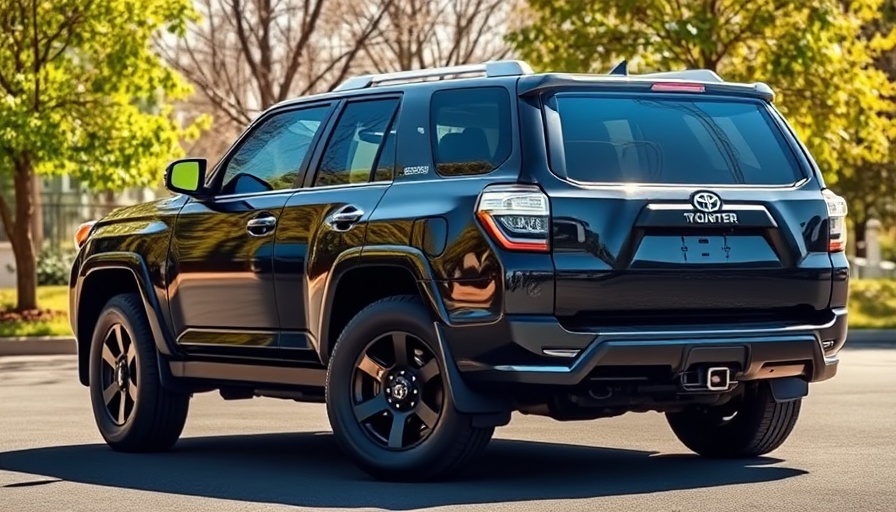
The Evolution of the 2025 Toyota 4Runner: A Closer Look
The 2025 Toyota 4Runner SR5 4WD represents a striking evolution in a beloved SUV line that has been a cornerstone of Toyota’s offerings for decades. Known for its rugged body-on-frame construction, the new iteration brings fresh powertrains to the table while retaining the classic appeal that fans adore. This balance of innovation and tradition makes the 4Runner not just another vehicle in the crowded SUV market, but a timeless choice for adventurous families and off-road enthusiasts alike.
New Powertrains Redefine Performance
One of the most significant changes in the 2025 version is the departure from the old 4.0-liter V6 in favor of modern powertrains. Buyers can choose between a 2.4-liter turbocharged inline 4-cylinder engine or a hybrid variant that pairs the turbo-4 with an electric motor. This switch not only boosts horsepower to 278 in the standard version but significantly enhances torque output in the hybrid model, which offers 326 horsepower and a jaw-dropping 465 lb-ft of torque. Both engines come with a new 8-speed automatic transmission, marking a substantial leap forward in performance and driving ease.
Driving Dynamics: An Improved Experience
While the driving feel remains reminiscent of its predecessor, the 2025 4Runner refines certain aspects of its on-road dynamics. The SUV still exhibits body roll and a truck-like sensation when taking turns, indicative of its sturdy build. However, the updated model offers a more cohesive ride thanks to enhanced suspension and chassis tuning. This improved handling, while maintaining the vehicle's heritage, sets the 4Runner slightly above its competitors in the market.
Fuel Efficiency That Impressed
The fuel economy of the new 4Runner is another critical factor that car buyers should notice. With EPA estimates of 19 mpg in the city and 25 mpg on the highway, the 4Runner proves to be more efficient than many of its rivals while still delivering robust performance. The 19-gallon fuel tank allows for impressive highway cruising ranges, making it suitable for long-distance journeys packed with family or cargo.
Keeping the Tradition Alive
Returning to beloved features, Toyota has also brought back the power roll-down rear window in the tailgate—a nostalgic touch cherished by long-time fans. Additionally, the spaciousness of over 48 cubic feet of cargo space behind the second row reinforces the 4Runner's family-friendly image. By preserving these elements, Toyota shows its commitment to what has worked historically while still making necessary updates.
What's Next for the 4Runner Line?
As Toyota continues to innovate, the 4Runner stands still as both an automotive icon and practical family SUV for current and future generations. The ongoing trends in the automotive industry lean towards electrification and advanced technology, and it may be worth considering how the 4Runner will evolve further to stay competitive in the largest automobile industry in the world.
Comparative Insights: Where Does the 4Runner Stand?
In the broader context of the automotive market, the 2025 Toyota 4Runner maintains a strong position among its peers. Competing against giants like Ford and Chevrolet, the 4Runner finds its niche in producing robust and reliable vehicles. Understanding the challenges and triumphs of these brands can enhance the decision-making process for potential buyers who value longevity and performance in their vehicles.
Take Charge of Your Driving Experience
With its reimagined features and practical performance capabilities, the 2025 Toyota 4Runner SR5 4WD is an SUV that invites exploration and adventure. As you look towards making a purchase, consider your specific driving needs, lifestyle requirements, and equity in trusted automotive brands. Reflecting on the values that make up the automotive brand names you know and trust can guide you to the right vehicle that meets your expectations.
So whether you’re planning weekend getaways or simply need a reliable family vehicle, the 2025 Toyota 4Runner piques interest worth exploring further!
 Add Row
Add Row  Add
Add 




Write A Comment